the cinema of BLA TARR
DIRECTORS CUTS
Other select titles in the Directors Cuts series:
the cinema of STEVEN SODERBERGH: indie sex, corporate lies, and digital videotape
ANDREW DEWAARD & R. COLIN TAIT
the cinema of TERRY GILLIAM: its a mad world
edited by JEFF BIRKENSTEIN, ANNA FROULA & KAREN RANDELL
the cinema of TAKESHI KITANO: flowering blood
SEAN REDMOND
the cinema of THE DARDENNE BROTHERS: responsible realism
PHILIP MOSLEY
the cinema of MICHAEL HANEKE: europe utopia
edited by BEN MCCANN & DAVID SORFA
the cinema of SALLY POTTER: a politics of love
SOPHIE MAYER
the cinema of JOHN SAYLES: a lone star
MARK BOULD
the cinema of DAVID CRONENBERG: from baron of blood to cultural hero
ERNEST MATHIJS
the cinema of JAN SVANKMAJER: dark alchemy
edited by PETER HAMES
the cinema of NEIL JORDAN: dark carnival
CAROLE ZUCKER
the cinema of LARS VON TRIER: authenticity and artifice
CAROLINE BAINBRIDGE
the cinema of WERNER HERZOG: aesthetic ecstasy and truth
BRAD PRAGER
the cinema of TERRENCE MALICK: poetic visions of america (second edition)
edited by HANNAH PATTERSON
the cinema of ANG LEE: the other side of the screen
WHITNEY CROTHERS DILLEY
the cinema of STEVEN SPIELBERG: empire of light
NIGEL MORRIS
the cinema of TODD HAYNES: all that heaven allows
edited by JAMES MORRISON
the cinema of ROMAN POLANSKI: dark spaces of the world
edited by JOHN ORR & ELZBIETA OSTROWSKA
the cinema of JOHN CARPENTER: the technique of terror
edited by IAN CONRICH & DAVID WOODS
the cinema of MIKE LEIGH: a sense of the real
GARRY WATSON
the cinema of NANNI MORETTI: dreams and diaries
EWA MAZIERSKA & LAURA RASCAROLI
the cinema of DAVID LYNCH: american dreams, nightmare visions
edited by ERICA SHEEN & ANNETTE DAVISON
the cinema of KRZYSZTOF KIESLOWSKI: variations on destiny and chance
MAREK HALTOF
the cinema of GEORGE A. ROMERO: knight of the living dead
TONY WILLIAMS
the cinema of KATHRYN BIGELOW: hollywood transgressor
edited by DEBORAH JERMYN & SEAN REDMOND
the cinema of WIM WENDERS: the celluloid highway
ALEXANDER GRAF
the cinema of BLA TARR
the circle closes
Andrs Blint Kovcs
 WALLFLOWER PRESS LONDON & NEW YORK
WALLFLOWER PRESS LONDON & NEW YORKA Wallflower Press Book
Published by
Columbia University Press
Publishers Since 1893
New York Chichester, West Sussex
cup.columbia.edu
Copyright Andrs Blint Kovcs 2013
All rights reserved.
E-ISBN 978-0-231-85037-7
Wallflower Press is a registered trademark of Columbia University Press
A complete CIP record is available from the Library of Congress
ISBN 978-0-231-16530-3 (cloth : alk. paper)
ISBN 978-0-231-16531-0 (pbk. : alk. paper)
ISBN 978-0-231-85037-7 (e-book)
Series design by Rob Bowden Design
Cover image of Bla Tarr courtesy of the Kobal Collection
A Columbia University Press E-book.
CUP would be pleased to hear about your reading experience with this e-book at .
CONTENTS
As a matter of fact the people to whom I am deeply thankful for their helping me writing this book are the same people this book is about: Bla Tarr, gnes Hranitzky, Lszl Krasznahorkai, Mihly Vg, Gyula Pauer and Gbor Medvigy. Over the past twenty years or so they have shared every detail of their work related to the films of Bla Tarr that was of interest to me. Some of them I hadnt seen for many years, but when we met they were as open and helpful as when we were in close collaboration.
It is needless to say that my close friendship with Bla Tarr and gnes Hranitzky gave me a perspective on their work I wouldnt have otherwise. Their friendship and support has been an invaluable contribution to this book. However, never did they give any indication as to what they expected me to say or to write. They always respected my opinion, even when we disagreed.
Tarr and Hranitzky were the only ones I showed the manuscript of this book. They both read it and meticulously corrected factual errors and commented on my statements. Sometimes disapprovingly. There was an issue, however, they could not get past. We argued a lot over it, and finally they said, This is your book, write what you think. Out of respect for their point of view, I summarised this controversy in the last chapter.
I have always felt that I owed this book to them, and I can only hope that it will be worthy of their huge work.
This book is a critical analysis of the work of Hungarys most prominent and internationally best-known film director, Bla Tarr. Anyone who is acquainted with his work will see immediately the consistency with which Tarr develops his themes, characters and style throughout his career. His films are like variations on a number of basic themes and formal motifs where the themes themselves become intertwined, or absorbed, in one another. We can best approach his films by learning how they relate to each other, how they vary these elements. As far as I can see, Tarrs films are the result of a conscious and sustained development of a style in order to make it more and more expressive of a specific vision Tarr has about the people and the world around him. This form changes only slightly from film to film as the stories change, but since the stories are based on the same elements, the form and the style basically modify the same motifs. In this process it is possible to observe a filmmaker trying out different solutions, experimenting with aesthetic effects so as to make his statement more transparent. My main approach will thus be to show an internal evolution detectable in the films stylistic and thematic systems through which Tarr has arrived at a degree of expressivity, one which seems impossible to increase within this system.


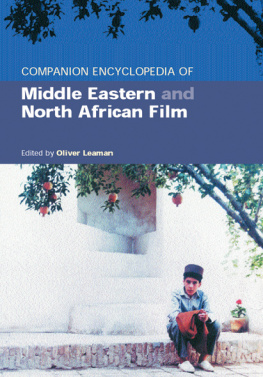
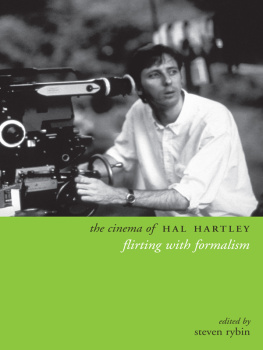
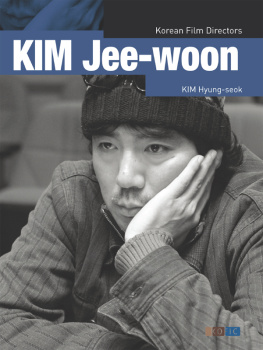
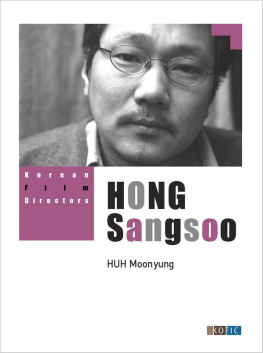
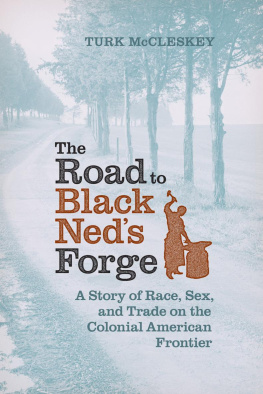


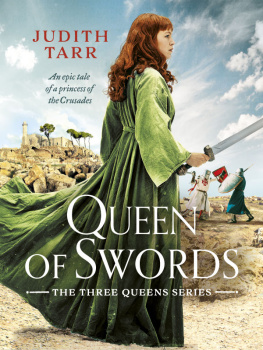
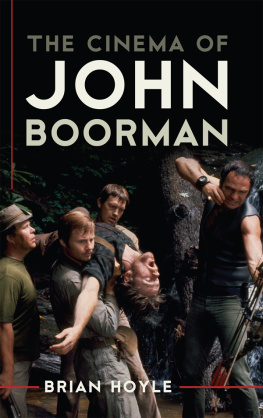
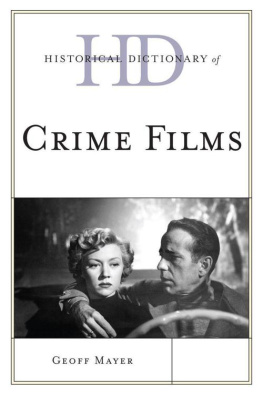
 WALLFLOWER PRESS LONDON & NEW YORK
WALLFLOWER PRESS LONDON & NEW YORK